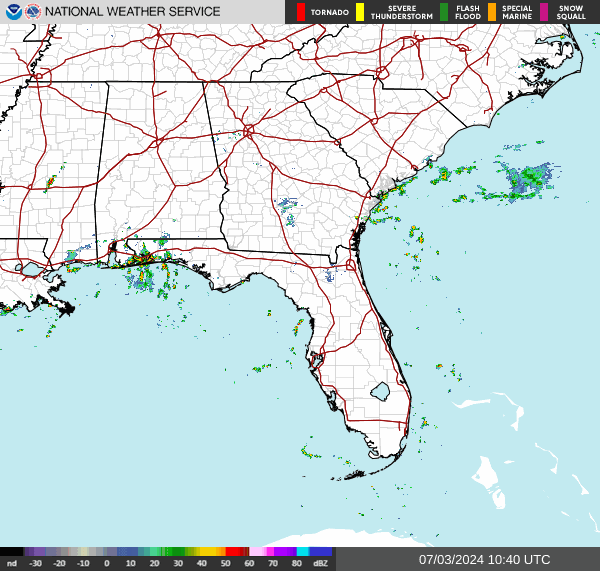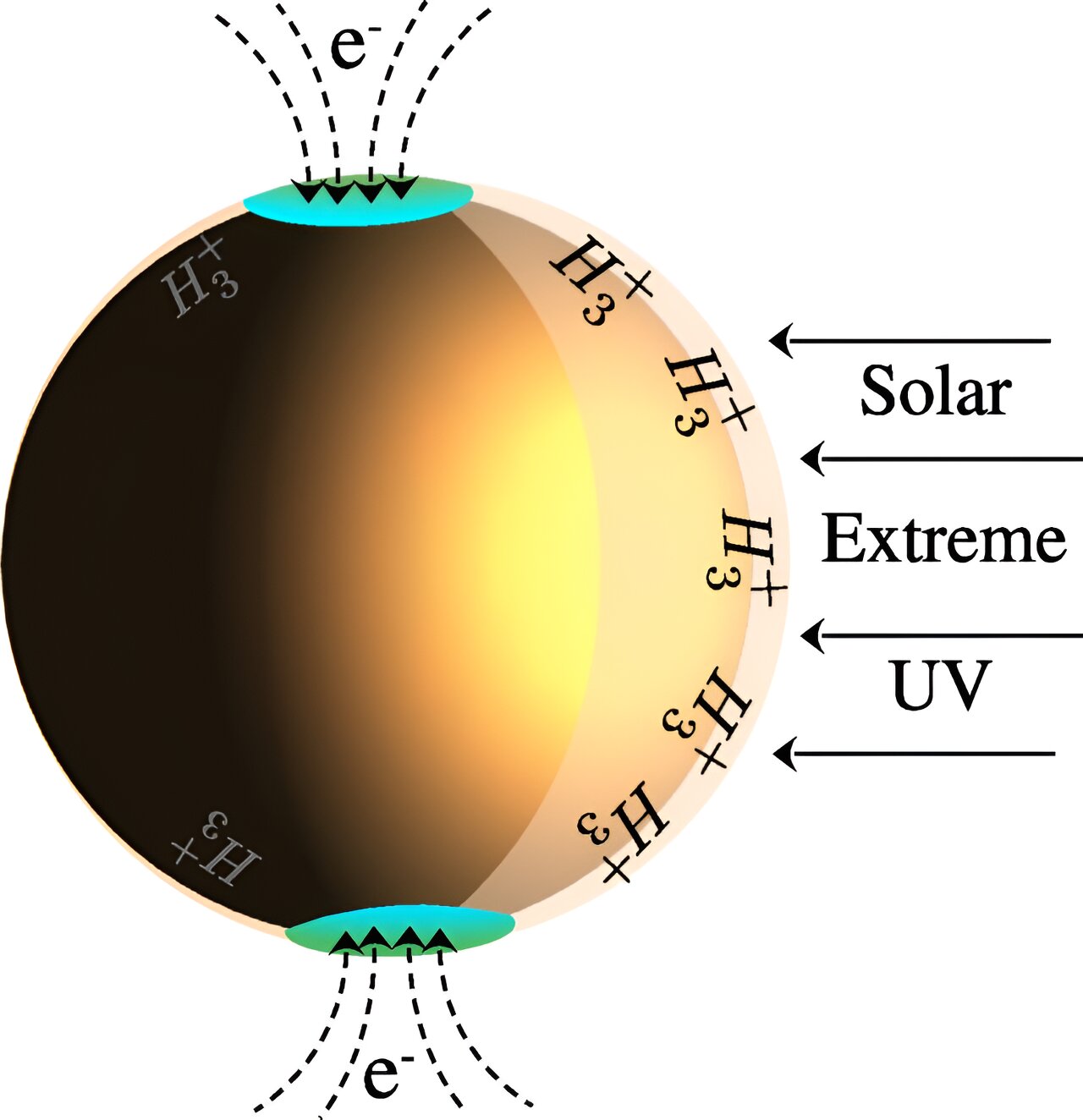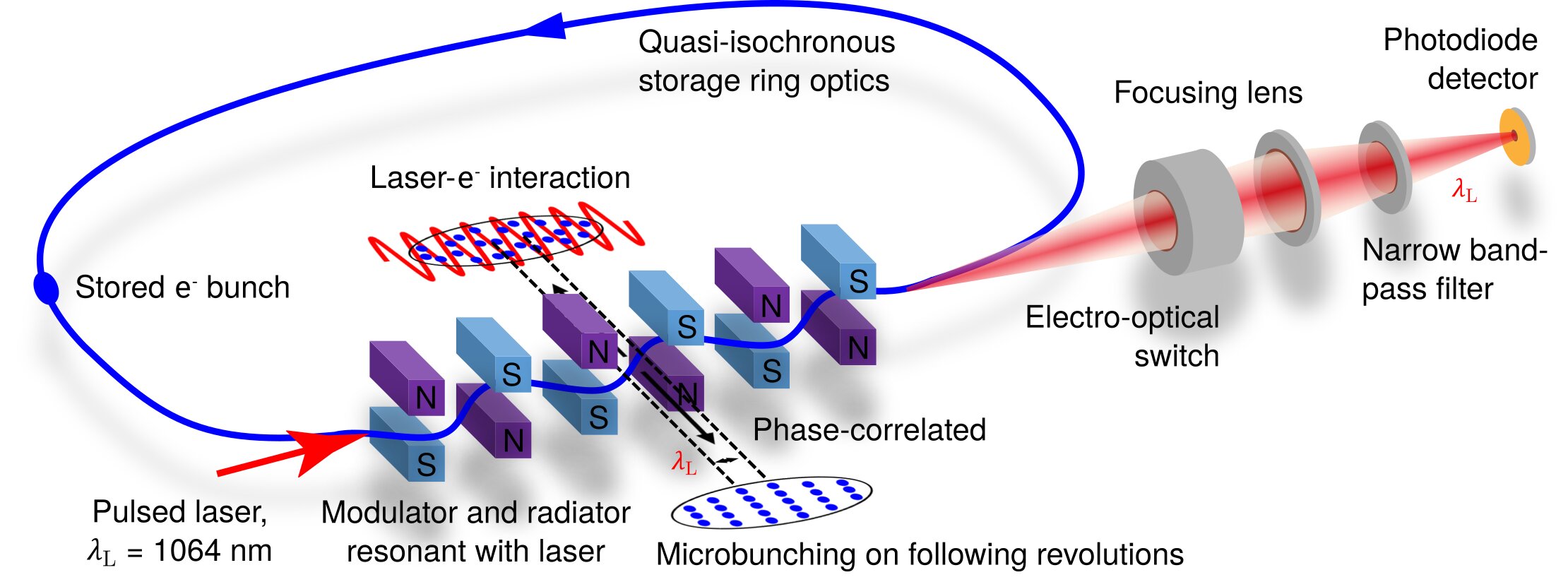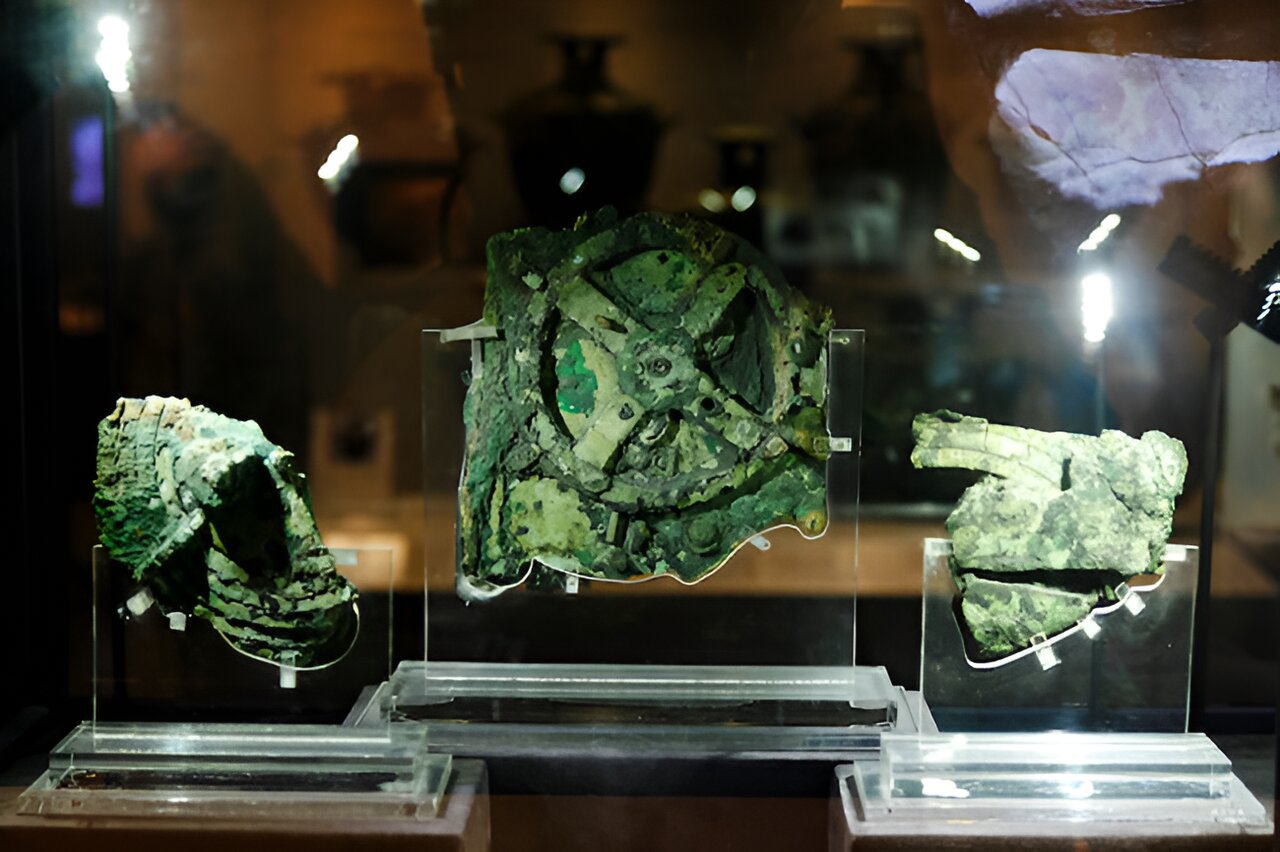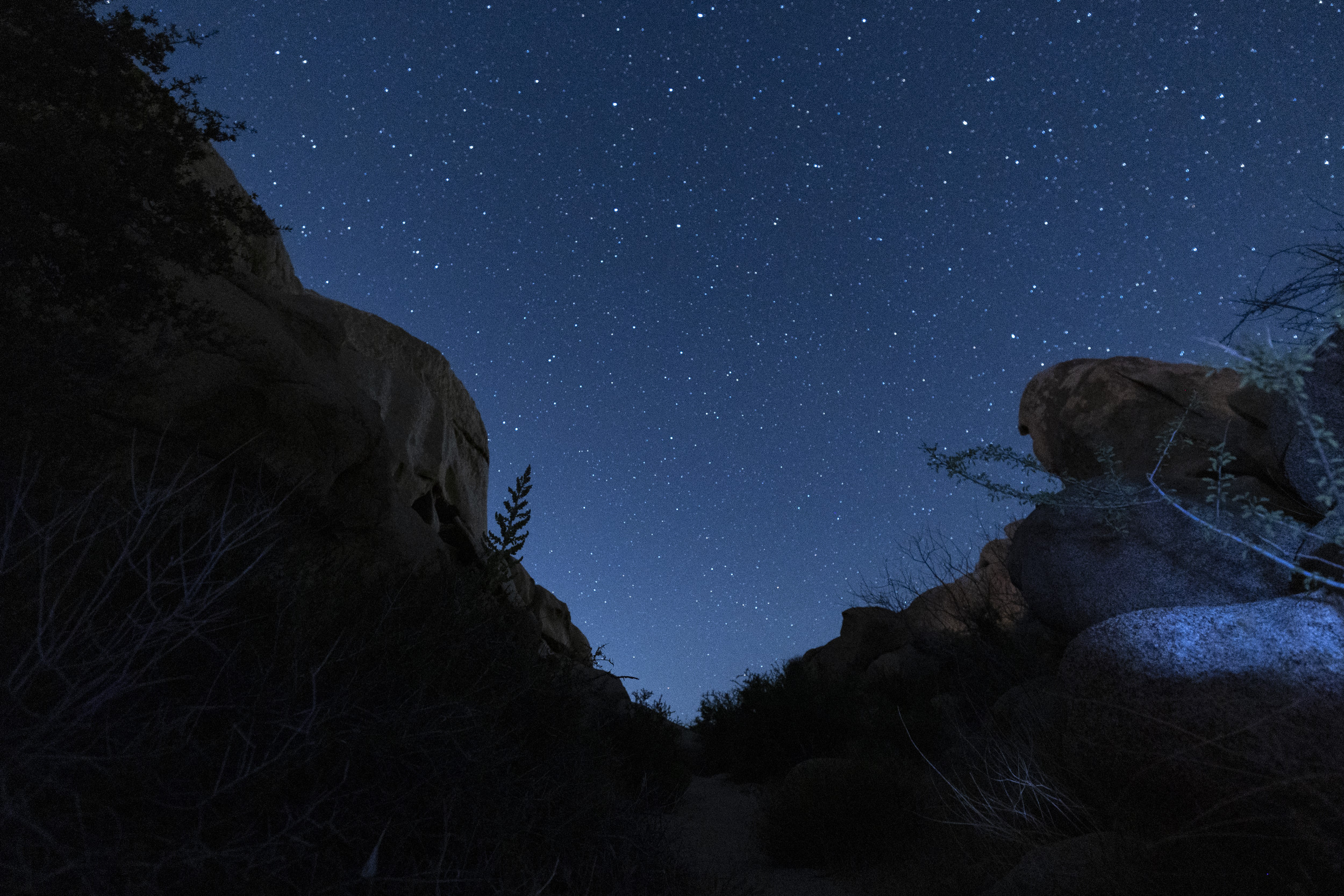Carbon catastrophe: Scientists shed new light on ancient apocalypse that hit the entire planet
A quarry with bands of layered limestone from the ancient seabed in what is now Mercato San Severino, Italy. Credit: Mariano Remírez, George Mason University Approximately 183 million years ago, during the Toarcian Oceanic Anoxic Event (T-OAE), volcanic eruptions in what is now South Africa released approximately 20,500 gigatonnes of carbon dioxide (CO2) into the … Read more


